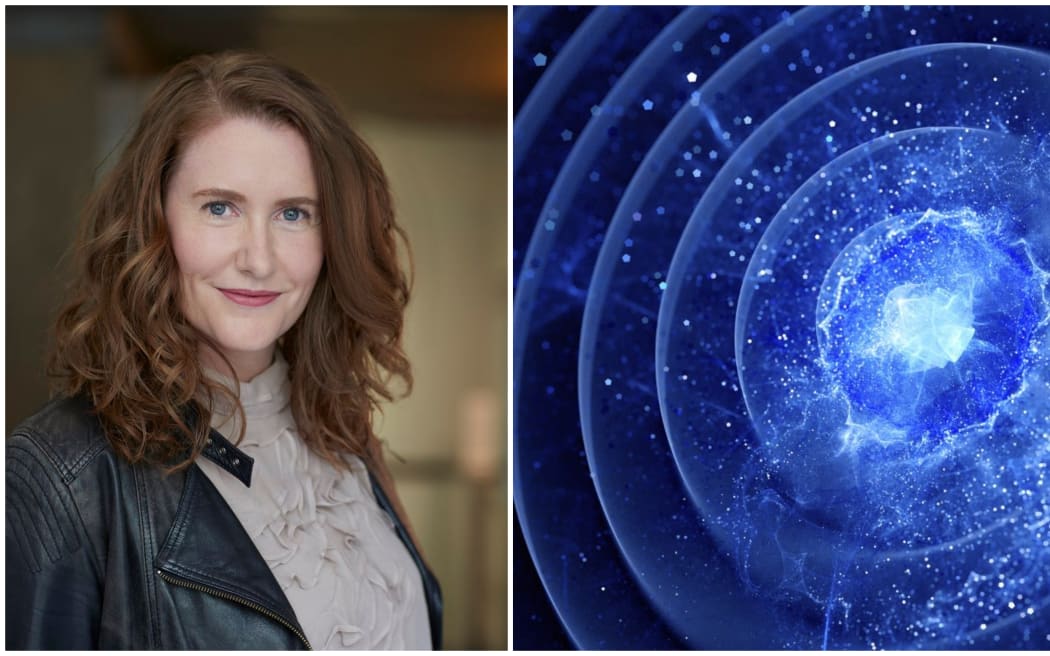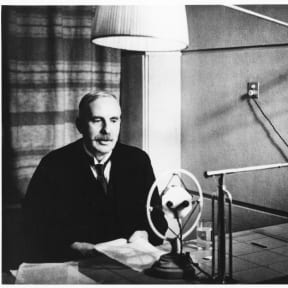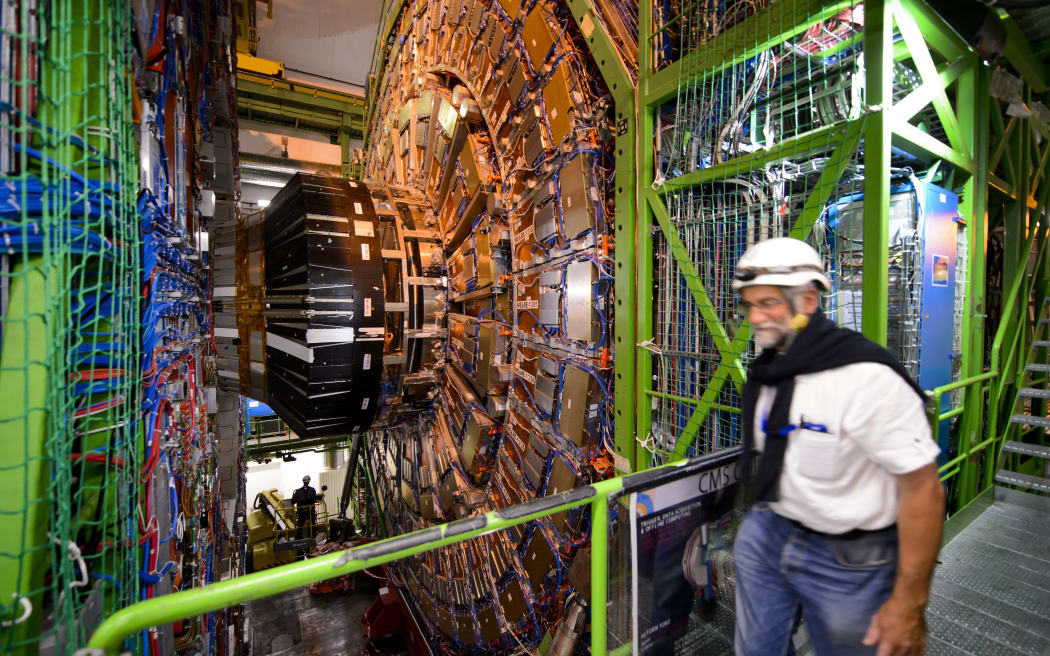Genius, persistence and good luck have been critical to the great discoveries of modern physics, says Melbourne-based physicist Suzie Sheehy.
She investigates the experiments which paved the way for radiation therapy, radio and the internet in The Matter of Everything: Twelve Experiments that Changed the World.

Photo: Supplied / SAKKMESTERKE, SCIENCE PHOTO LIBRARY
Figuring out which experiments to include in the book was quite a task in itself, Sheehy tells Nine to Noon.
“I basically looked through all the key particles that we know of now. And I wrote down this epic master list of what those particles were and the key discoveries and experiments in which we could say 'yep, that one definitely solidified our knowledge of that ...and it just all came together into this list of about 12 different experiments that I wanted to focus on.”
The discovery of X-ray technology was preceded by various experiments with cathode ray tubes in the late 19th century, Sheehy says.
While using cathode ray tubes in his lab in his Hertzberg lab, German physicist Wilhelm Rontgen noticed a glowing fluorescent screen.
“He investigated and he put things in the way, between the tube and the screen. He put metal, he put wood, he put rubber, he put books. And eventually, he thought to put his hand between the two.
“Rontgen realised that these rays, these new rays which he called X-rays, were going through the flesh of his hand, but being stopped by the dense parts, being stopped by the bone.”
He then summoned his wife and took the first-ever X-ray photograph of her hand.
“You see the bones really clearly defined, you see her metal ring really clearly defined. But it's almost like the flesh isn't there. And this was the first time that someone had been able to see inside the human body without actually having to cut into it.
“It's hard to really give you the impression, when we’re used to being able to have X-rays, of just how phenomenal this was.”

New Zealand atomic physicist Ernest Rutherford during a visit home to New Zealand in 1926. Photograph by courtesy of the Cawthorn Institute, Nelson, New Zealand. Photo: Photo12 / Ann Ronan Picture Library via AFP
New Zealand physicist Ernest Rutherford’s early 20th-century experiments with gold foil also feature in the book.
Rutherford's advisor at Cambridge University, JJ Thompson - who discovered the electron - had previously thought that atoms resembled a plum pudding.
"It was kind of a sphere of charge with other charges embedded in it ... So if you think about a sort of sphere of pudding and you're putting a huge projectile through it, what do you expect to happen?
"You either expect the sphere to kind of break apart, but mostly you just expect the projectile to go through and out the other side. There's nothing in a pudgy sphere to make a projectile turn around and bounce back and come back in the other direction.”
To his surprise, though, Rutherford and his students Marsden and Geiger discovered that alpha particles would actually bounce back.
“This caused them to completely rethink what the inside of the atom looked like. In fact, it took Rutherford three years, he had to go back and study another mathematics course, to convince himself that there had to be something heavy at the centre of the atom, which we now call the atomic nucleus.”
Rather than looking like a plum pudding, she says the atom more closely resembled a solar system with a very dense core.
"If that core was the size of a pea, then all the rest of the charge in the atom, which is made up of the electrons around the outside, is at such an enormous distance that it would be from the size of a pea to the walls of a cathedral. That's the scale we're talking about. And yet, almost all of the mass was contained in this tiny pea-sized core at the centre.”
American physicist, Robert Millikan, who tried to disprove a theory of Albert Einstein’s by measuring the electrical charge of light hitting metal, ended up actually proving the German theoretical physicist right, she says.
“He spent 12 years in the lab, building better and better apparatus trying to get data that would disprove Einstein.
“And all he did over that 12 years was get the best data set yet that showed that Einstein and quantum mechanics were actually right.”
The invention of the first synchrotron was a major scientific breakthrough last century.
“Existing machines like the cyclotron that was used in 1932 by Rutherford’s team to split the atom in Cambridge, those were linear machines so you could only use a voltage once.
“But as we went forward, we got circular machines that could reuse voltages again and again. The synchrotron allowed people to get to higher and higher energies by ramping all the magnets with the beam energy.”
The Large Hadron Collider (LHC) in Geneva, at 27km long, the biggest machine on Earth, is also a synchrotron, Sheehy says.

The Large Hadron Collider Photo: AFP
After World War II, cooperation between science labs led to the discovery of quarks - one of the building blocks of protons and neutrons.
“One of the things that people really wanted to understand was whether or not these tiny, tiny particles which had been theorised, called quarks, were really real, whether or not inside a proton or a neutron there were really these quarks.
“So they came up with this idea for an experiment, to bounce electrons very, very high-energy electrons, from matter and in doing so just like the gold foil experiment, these projectiles ought to bounce off what was inside the protons and neutrons and give us information as to whether or not there are really these tiny quark-like entities inside.”
To do so, the scientists had to create a new type of particle accelerator called a linear accelerator, she says
“In the 1970s, at Stanford in California, they build this enormous couple-of-kilometre-long linear accelerator. So single shot, electrons start at one and they go down this enormous machine, and they smash into a target at the other end.
“What they found was that there actually was evidence for these particles that were smaller than the proton and neutron. Which we now call we now called quarks and again this blew people's minds because they were a theoretical entity.
“Even the people who predicted them didn't necessarily think that they were real. And yet, we were able to design an experiment to show that, indeed, they are real.”

